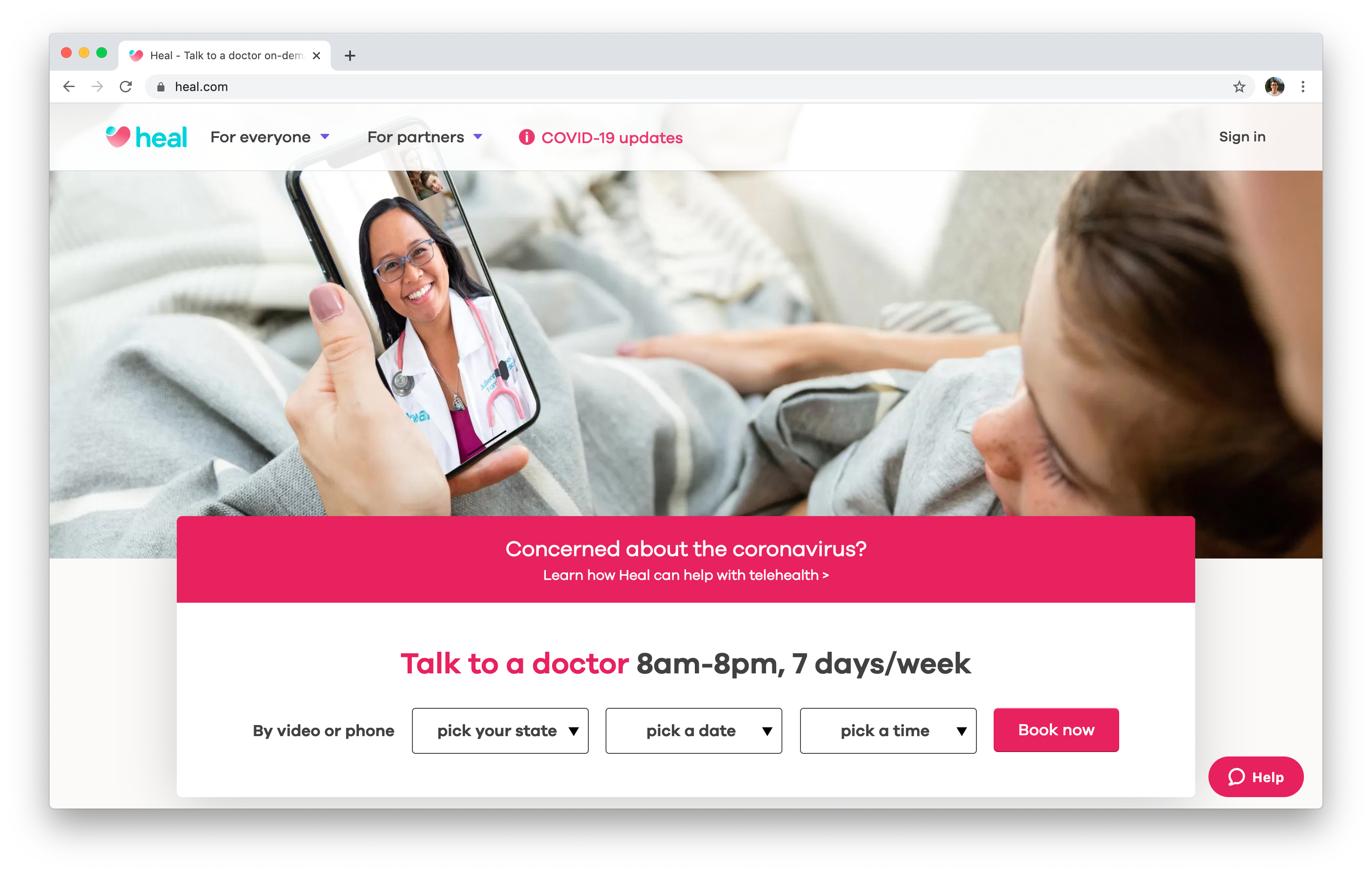The Influence of Subscription Based Healthcare on Typical Clinical Practices
Comprehending the Cost-Effectiveness of Subscription-Based Medical Care Models
As the medical care landscape advances, subscription-based versions arise as an engaging choice, assuring to redefine just how people take care of clinical expenditures. Reviewing these versions' cost-effectiveness demands a nuanced contrast with standard insurance coverage, thinking about both monetary ramifications and client complete satisfaction.
Summary of Subscription-Based Models
Subscription-based healthcare versions, occasionally described as straight medical care or attendant medication, are progressively acquiring attention as a possible remedy to ineffectiveness within conventional healthcare systems. These versions operate the principle of offering patients straight accessibility to doctor via a yearly or month-to-month charge, bypassing the need for typical insurance coverage mechanisms. This plan aims to streamline patient-provider interactions by reducing administrative concerns, which frequently prevent tailored and prompt care.
At the core of subscription-based designs is the emphasis on a much more customized person experience. Clients gain from improved accessibility to their doctors, often including next-day or same-day visits, expanded assessment times, and straight communication networks such as phone or video clip calls. This version fosters a positive strategy to health care, where carriers and clients can collaboratively concentrate on preventative treatment and chronic illness monitoring.

Cost Comparison With Standard Insurance Policy

One of the primary monetary advantages of membership designs is openness in prices. People pay a foreseeable cost, which can streamline budgeting and economic preparation. Furthermore, these designs usually remove co-pays and deductibles for protected services, minimizing out-of-pocket investing. Alternatively, typical insurance policy might be extra useful for people calling for specialized treatment or costly treatments not covered under a membership model, as they take advantage of the broader coverage network and cost-sharing devices.
However, cost-effectiveness is context-dependent. While subscription models could provide savings for those mostly needing medical care, people with chronic problems or specialized healthcare requirements might discover typical insurance coverage more detailed. Therefore, examining specific health care needs and prospective use is essential in establishing the most economical alternative for individuals.
Impact on Individual Contentment
Client complete satisfaction within subscription-based health care models frequently reflects a significant renovation over typical insurance policy systems. Unlike standard systems, where individuals may experience delays in obtaining treatment, subscription-based designs guarantee more timely and straight communications with health care service providers.
In addition, the openness in expenses associated with subscription-based medical care eases the typical aggravations connected to unanticipated charges and complex payment processes seen in typical insurance coverage (subscription based healthcare). Clients appreciate knowing the exact economic commitment upfront, bring about boosted depend on and confidence in their health care administration
Additionally, the focus on preventive treatment and wellness in registration models adds to enhanced wellness outcomes, better enhancing person fulfillment. By concentrating on continuous wellness maintenance as opposed to anecdotal care, people experience a more alternative and continual healthcare journey.
Moreover, the enhanced provider-patient connection cultivated in these models, defined by even more time invested per patient and individualized attention, plays a crucial function in raising person complete satisfaction levels, as people really feel genuinely taken care of and comprehended.
Provider Experiences and point of views
From the carrier's point of view, subscription-based healthcare models provide a transformative technique to supplying clinical solutions. These versions stress a preventative and proactive healthcare technique, enabling suppliers to concentrate on thorough person treatment without the restraints of typical fee-for-service setups (subscription based healthcare). This change go now in emphasis usually causes boosted person end results and raised carrier fulfillment, as medical care experts can designate more time and resources to patient involvement and individualized treatment plans
Furthermore, subscription models promote foreseeable income streams, which enhance financial security for health care companies. This predictability permits improved source preparation and allotment, contributing to an extra effective healthcare distribution system. Suppliers can purchase staff infrastructure, modern technology, and training enhancements, therefore improving the quality of treatment offered.
Nevertheless, the change to subscription-based models is not without difficulties. Regardless of these difficulties, numerous carriers find that the benefits of enhanced individual communication and structured procedures outweigh the initial challenges, making subscription-based designs an eye-catching alternative.
Future Leads and Challenges

A key difficulty is regulative compliance, as registration designs should stick to evolving medical care policies and insurance needs. This requires constant adjustment and advancement to guarantee alignment with lawful requirements. Additionally, incorporating these designs right into existing health care infrastructures can be intricate, needing significant financial investments in technology and training.
There is additionally the prospective threat of producing inequities in health care access, as registration models could favor those that can afford them, leaving prone populations underserved. Resolving this requires thoughtful factor to consider of pricing methods and subsidy systems to ensure Continued inclusivity.
Final Thought
Subscription-based healthcare designs offer a practical choice to conventional insurance policy by providing economic predictability and transparency, especially profiting people with chronic problems or constant healthcare requirements. The cost-effectiveness of these versions is contingent upon private medical care usage patterns and scenarios. While they might enhance client contentment and streamline budgeting, challenges stay in resolving specialized care needs. Future considerations consist of stabilizing comprehensive coverage with cost and incorporating these versions within the more comprehensive healthcare system for optimal results.
Subscription-based medical care versions, occasionally referred to as straight main care or concierge medication, are increasingly gaining interest as a prospective remedy to inadequacies within conventional healthcare systems. Unlike conventional systems, where individuals might experience delays in getting care, subscription-based versions ensure more straight and timely communications with health care carriers.
These designs highlight a proactive and preventative medical care method, enabling service providers to focus on thorough individual care without the restraints of typical fee-for-service plans. As these models proceed to get traction, they supply the prospective to revolutionize person accessibility to care, streamline solution shipment, and maximize health care spending.Subscription-based medical care models offer a feasible alternative to standard insurance by supplying monetary predictability and openness, especially profiting individuals with persistent conditions or constant health care demands.